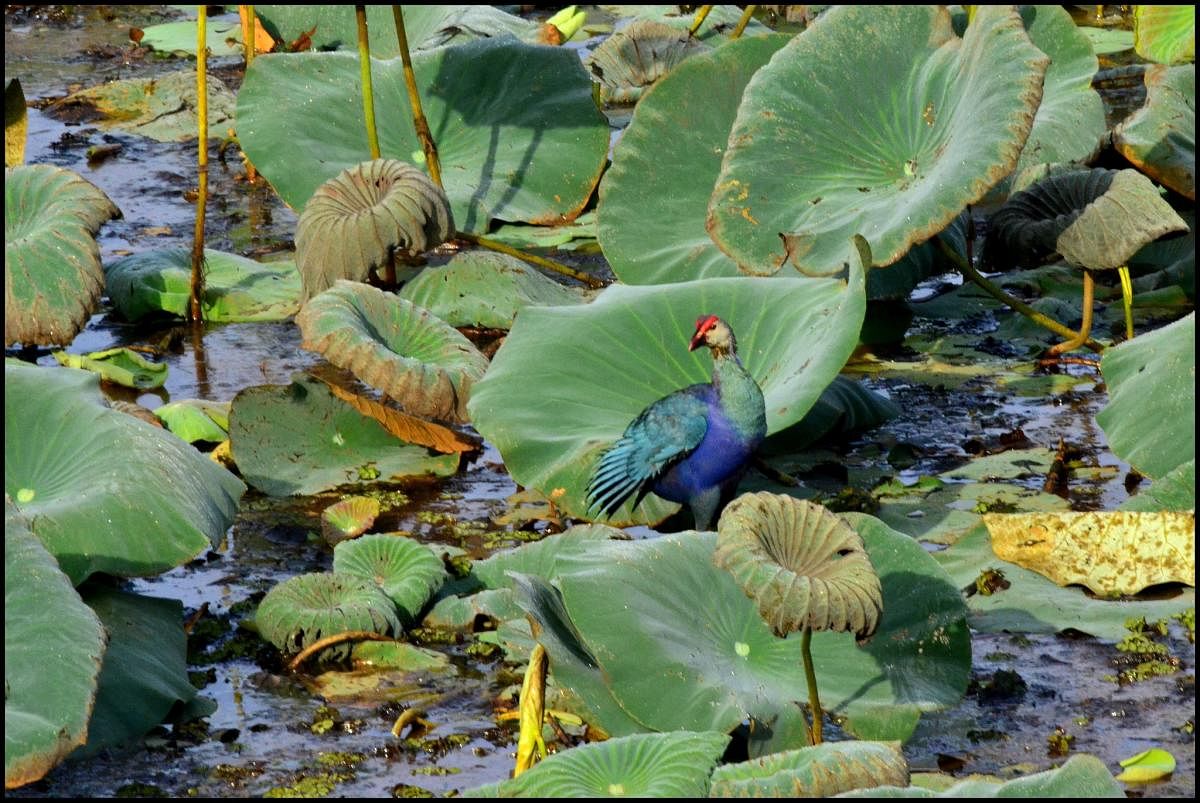
Birds have captured human imagination since the beginning of human-social organisation, from hunter-gatherers to early settlers and, to the urbanised humans of our times. As we embrace urbanisation, we are witnessing interesting changes in the occurrence of birds within urban areas.
Around World Sparrow Day, celebrated on March 20 every year, there is renewed interest in house sparrows. Once thought to be ubiquitous in human settlements, they are now confined to select patches of towns and cities.
A crowd-sourced assessment of sparrows in Bengaluru revealed that they hadn’t ‘disappeared’ or have become ‘extinct’ as the popular imagination is, but are still seen in select pockets of the city. It is perhaps too early, or we still don’t have enough data to conclude why they have isolated themselves to select localities.
Survival strategies
In ecology, we call certain species, who would evolve, adapt and occupy a particular niche, as specialists. Typically, these are dependent on specific habitats and their feeding patterns. For instance, sunbird’s beak has evolved to suck nectar, which can be considered as a specialist. Researchers and amateur birdwatchers as citizen scientists are now doing their best to put together data that can help us understand what is going on.
During 2005-07, self-motivated birdwatchers in Bengaluru observed 1,699 ten-minute samples across the city in 23 locations. Ten-minute sample is one of the sampling methods for birds in which one will have to go through a pre-determined transect and stop for 10 minutes at regular intervals to observe and record birds sighted or heard within a specific radius.
The locations were a mix of residential areas, wooded areas, wetlands and neighbourhood parks.
Prashanth MB, one of the birders who was part of this effort, shared some of the highlights during the Symposium on Bird Monitoring in India held last year, comparing with the recent trends reported during 2015-2021 eBird, a popular online database for bird observations.
The black kite, large-billed crow, and the rock (feral) pigeon seem to dominate the urban birdscape in terms of their abundance over the two time periods. Although the occurrence of common birds didn’t show much variation in the two time periods, surprisingly, the house crow showed a decline in occurrence. In contrast, the red-whiskered bulbul and spotted dove showed an increase in occurrence. The black kite emerged as the most common bird.
In another recent effort, Suhel Quader of Nature Conservation Foundation has documented a select stretch in north Bengaluru for over seven years while dropping off his daughters for school. The effort is noteworthy as it revealed specific interesting trends and seasonality of certain species found there.
For instance, the black kite, large-billed crow and purple-rumped sunbird were more common than the shikra, house crow and purple sunbird, respectively. Interestingly, the red-whiskered bulbul showed an increasing trend while the red-vented bulbul suggested a decline in their abundance. And the yellow-billed babbler has become locally extinct over the past five years in that neighbourhood. The reasons for this are not yet ascertained.
The above exercise provided precious information on the occurrence of birds in a locality. It revealed trends and seasonality that seemed comparable with the previous ones mentioned above, particularly on the decline in the occurrence of house crow or the increase in the occurrence of red-whiskered bulbul. If such attempts are replicated and scaled across the city, they will prove invaluable.
In the changed context of urbanised landscapes, while the occurrence of specialists is becoming rarer, the more gregarious and ‘common’ ones seem to be evolving as a specialist for the urban landscape. Thus, are these generalist species like the black kite, large-billed crow and rock pigeon, the new specialists?
Urban landscapes
Urbanisation is posing grave challenges, particularly to ecosystems. In Bengaluru, for instance, there have been many introduced species of trees and many that are not native. The impact of these on bird diversity is known very little. Lalbagh, Cubbon Park, many neighbourhood parks and avenues in Bengaluru have been planted with many exotic and non-native tree species.
Purabi Deshpande, an avid birder from Bengaluru and now a PhD student at the University of Helsinki, has studied the impact of native and introduced trees on birds in the city. She conducted the study on avenue trees of the city and their interaction with birds. The study, which is yet to be published, reveals that birds use non-native tree species for food, but they use native trees more often. In addition, they are more likely to pollinate native trees and steal nectar from introduced species.
A recent study by KS Gopi Sundar and team published in the Journal of Urban Ecology shows that observed bird abundance and species richness at Delhi’s freshwater habitats was surprisingly high but showed variation with time of the day. It notes that there have been only a few systematic studies on birds in urban landscapes. Thus the paper calls for large-scale efforts involving citizen participants and the potential to drive funding allocation and conservation attention based on such actions.
Understanding the interrelationship between birds and the urbanising landscape will need more nuanced efforts and rigorous studies. Only then will we ascertain what is happening to these birds and how they adapt to the changing landscapes. Urban researcher Prof Michael Batty notes that the more we know, the less we want to intervene, in meaningful ways.
(The author is with Research Matters. He is also one of the contributors to the 2005-07 bird census effort)
